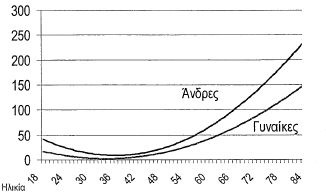
The accident risk rate of a street is directly linked to the way the access is managed as well as to the land uses, whereas the accident severity depends on the collision type and the vehicle speed. On the basis of a large bibliography research and the examination of current successful examples from several European cities, the synthesis of a functional hierarchy of urban roads aiming to the reduction of accident risk, is attempted. For each of the five proposed road categories, the parameters concerning the road functioning (access management, land use control), the driver and pedestrian behaviour are examined and the basic elements for the street design are proposed. The progressive implementation of these new trends concerning the urban road network hierarchy of the Greek cities has the potential to improve considerably the current road safety level.
| ID | pc28 |
| Presentation | |
| Full Text | |
| Tags | pedestrians, road infrastructure, road safety measures, traffic management |







